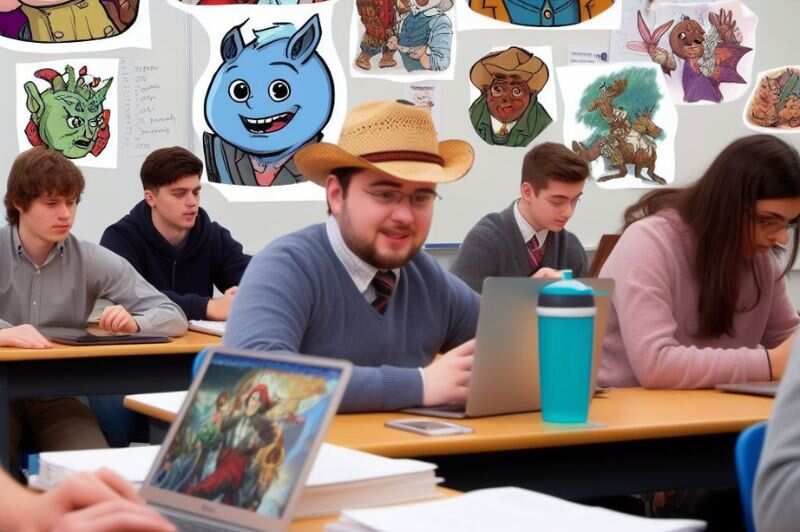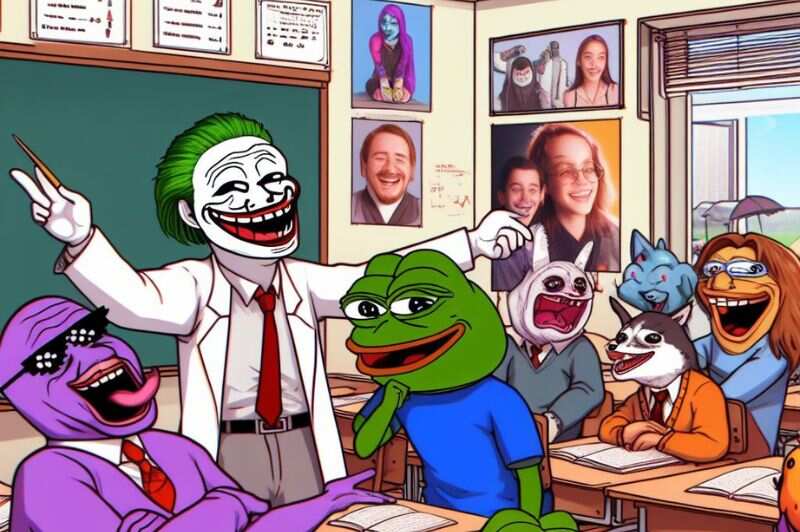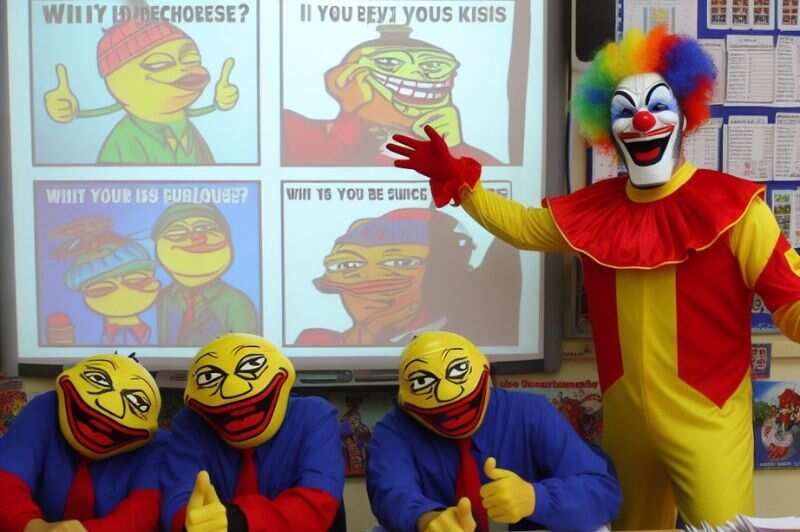
In the world of education, engaging students and fostering effective learning experiences can be a challenge. However, educators are increasingly turning to unconventional methods to captivate their students’ attention and promote active learning. One such method gaining popularity is the use of memes. Memes, with their humorous and relatable content, offer educators a unique opportunity to inject humor into the learning process and enhance student engagement. In this blog post, we’ll explore the potential benefits of incorporating memes into education and how they can be used to facilitate learning in various academic settings.
Creating a Positive Learning Environment
Humor has long been recognized as a powerful tool for creating a positive learning environment. When used appropriately, humor can reduce anxiety, foster a sense of camaraderie among students, and make learning more enjoyable and memorable. Memes, with their witty captions and familiar imagery, can serve as icebreakers or conversation starters, helping to establish a relaxed and inclusive atmosphere in the classroom.
Enhancing Content Retention and Comprehension
Research has shown that humor can enhance students’ retention of information and comprehension of complex concepts. By incorporating memes that relate to the subject matter, educators can provide visual cues and analogies that reinforce key concepts and facilitate deeper understanding. Memes can also serve as mnemonic devices, helping students remember important information by associating it with humorous or memorable images.

Promoting Critical Thinking and Creativity
Analyzing and creating memes requires students to engage in critical thinking and creative expression. When tasked with interpreting or generating memes related to course material, students must apply their knowledge in new and creative ways, demonstrating their understanding of the subject matter. Additionally, discussing the cultural context and implications of different memes can encourage students to think critically about societal norms, values, and perspectives.
Fostering Digital Literacy Skills
In today’s digital age, proficiency in navigating and interpreting online content is essential for academic and professional success. By incorporating memes into their curriculum, educators can help students develop digital literacy skills, including the ability to discern credible sources, recognize satire and sarcasm, and understand internet culture and trends. Additionally, creating memes provides students with opportunities to practice visual communication and digital storytelling techniques.

Cultivating a Sense of Community and Connection
Memes are inherently social and shareable, making them ideal for fostering a sense of community and connection among students. Sharing memes related to course material can spark discussions, debates, and collaborative learning experiences both inside and outside the classroom. Additionally, encouraging students to create and share their own memes allows them to express their unique personalities and perspectives while contributing to a collective sense of belonging.
Conclusion:
In conclusion, memes have the potential to be valuable tools for educators seeking to enhance learning experiences and engage students in meaningful ways. By incorporating humor, visual imagery, and internet culture into their teaching practices, educators can create dynamic and interactive learning environments that promote content retention, critical thinking, creativity, and digital literacy skills. Whether used as supplementary materials, discussion prompts, or assessment tools, memes offer educators a versatile and accessible means of enriching the educational experience and empowering students to become active participants in their own learning journey.
